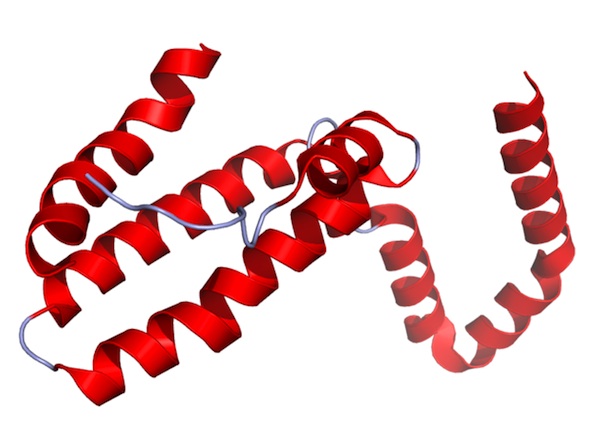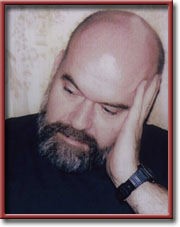Running against Cancer

“Cancer is a disease of obesity. Not all the time, but enough of the time that the assertion can be justified.”—Sanford Rose
Dolors & Sense
By Sanford Rose

 KISSIMMEE Florida—(Weekly Hubris)—4/7/2014—Running against cancer. We are all doing it.
KISSIMMEE Florida—(Weekly Hubris)—4/7/2014—Running against cancer. We are all doing it.
Cancer is the incumbent. It is present embryonically in everyone’s body.
Whether it flourishes depends on the energy we can muster to fight it.
Cancer is a disease of obesity. Not all the time, but enough of the time that the assertion is justified.
The fatter we are, the more likely are we to succumb to breast cancer, colon cancer, or pancreatic cancer.
As fat cells expand, they are pushed farther away from their blood supply and its oxygen.
The cells can’t breathe properly; they suffer injury.
Their stress elicits a reaction from the immune system, which sends in macrophages to help heal the injury.
The macrophages are accompanied by inflammatory cytokines, cell-communicating messengers.
The body enters a state of chronic low-grade inflammation.
Chronic inflammation encourages uncontrolled cell growth to repair what is being continuously damaged.
It is both “mitogenic” and “mutagenic.” It leads to so much cell growth that, inevitably, a lot of bad cell copies get produced.
That’s cancer.
Blunting or forestalling this process necessitates both caloric restriction and intelligent utilization of those calories we choose to ingest (although, to be sure, sometimes neither works).
What does intelligent utilization mean?
Bear in mind that the body manufactures both pro-inflammatory and anti-inflammatory cytokines and, to make matters still more confusing, some that are both.
For example, interleukin-6 is a cytokine that is pro-inflammatory when “expressed” in fat tissue, but anti-inflammatory when secreted by muscle tissue.
Exercise, and especially strenuous exercise, liberates huge quantities of this metabolically ambivalent protein, which then proceeds to recruit interleukin-1ra and interleukin-10, sidekicks that are unequivocally committed to fighting chronic internal inflammation.
Thus, somewhat paradoxically, we can engage in an activity (strenuous exercise) that creates some short-term inflammation but serves to mobilize those proteins that reduce the long-term inflammation caused by excess nourishment.
The best type of strenuous exercise is interval training—anywhere from a 20-second to nearly a one-minute run on an elevated treadmill or ultra-fast pedaling on a stationary bicycle, followed by an equal period of rest or slower activity. Ideally, one should repeat this sequence four to six times every day or every other day.
Such a regimen, gradually introduced, will work both to prevent the accumulation of intra-abdominal fat and to blunt its most serious metabolic consequences.
Of course, there is always the temptation to gorge oneself, post-exercise, as a kind of reward, which tends to vitiate the activity.
One must learn to view exercise as its own reward, to be enjoyed because it conveys the sense, however illusory, that we are in control of our metabolic futures.